Buy ⚔️ as a gift Swiss Police saber Basel 1874-1937 and for collecting in Ukraine, the city of Kyiv
Dear Collectors and guests of the Antique Gallery site, looking for a gift, in particular Antique weapons, we bring to your attention: Swiss Police Saber of Basel 1874-1937.
The blade is flat, straight, slightly curvature, single-edged, the combat end is double-edged, with one wide fuller along the butt for 2/3 of the length. The tip is spear-shaped. The edges of the blade are dull. The heel is pronounced, the manufacturer’s mark “Waffenfabrik Neuhausen” is stamped on the right side, and the number on the left side.
The hilt of the handle consists of a handle and a guard. The handle is wooden, covered with stingray leather with transverse grooves, entwined with copper, silver-plated wire.
All metal parts of the hilt are nickel plated. The hilt is mounted by riveting the end of the shank.
The scabbard is wooden, covered in brown leather, matching the length and contour of the blade. The sheath device consists of a mouth with a bracket for suspension, as well as a tip. There is a manufacturer’s mark at the mouth of the scabbard.
Lanyard: red thread, white-red bell. Suspension: brown leather.
Historical information about the Swiss police saber Basel 1874-1937:
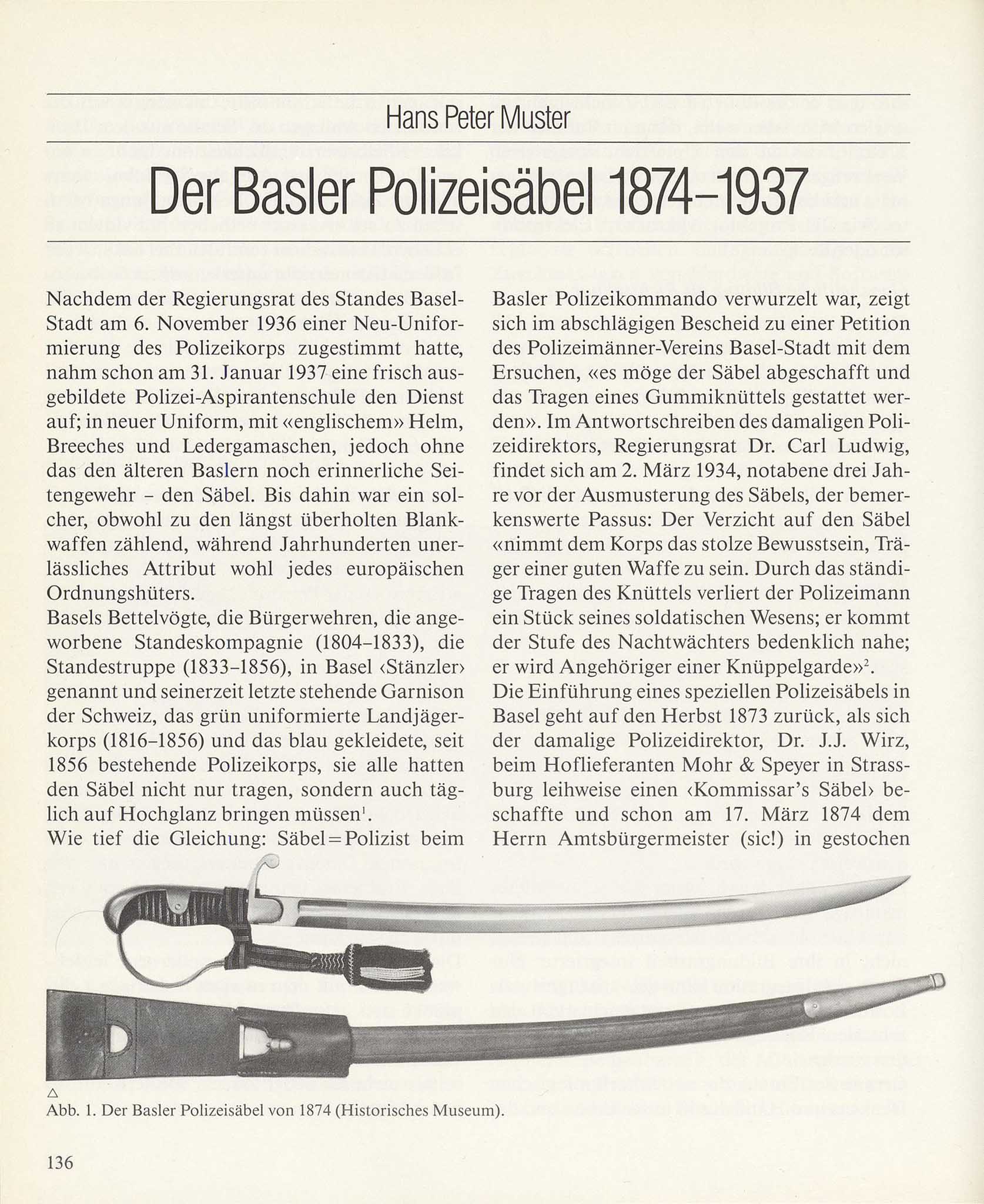
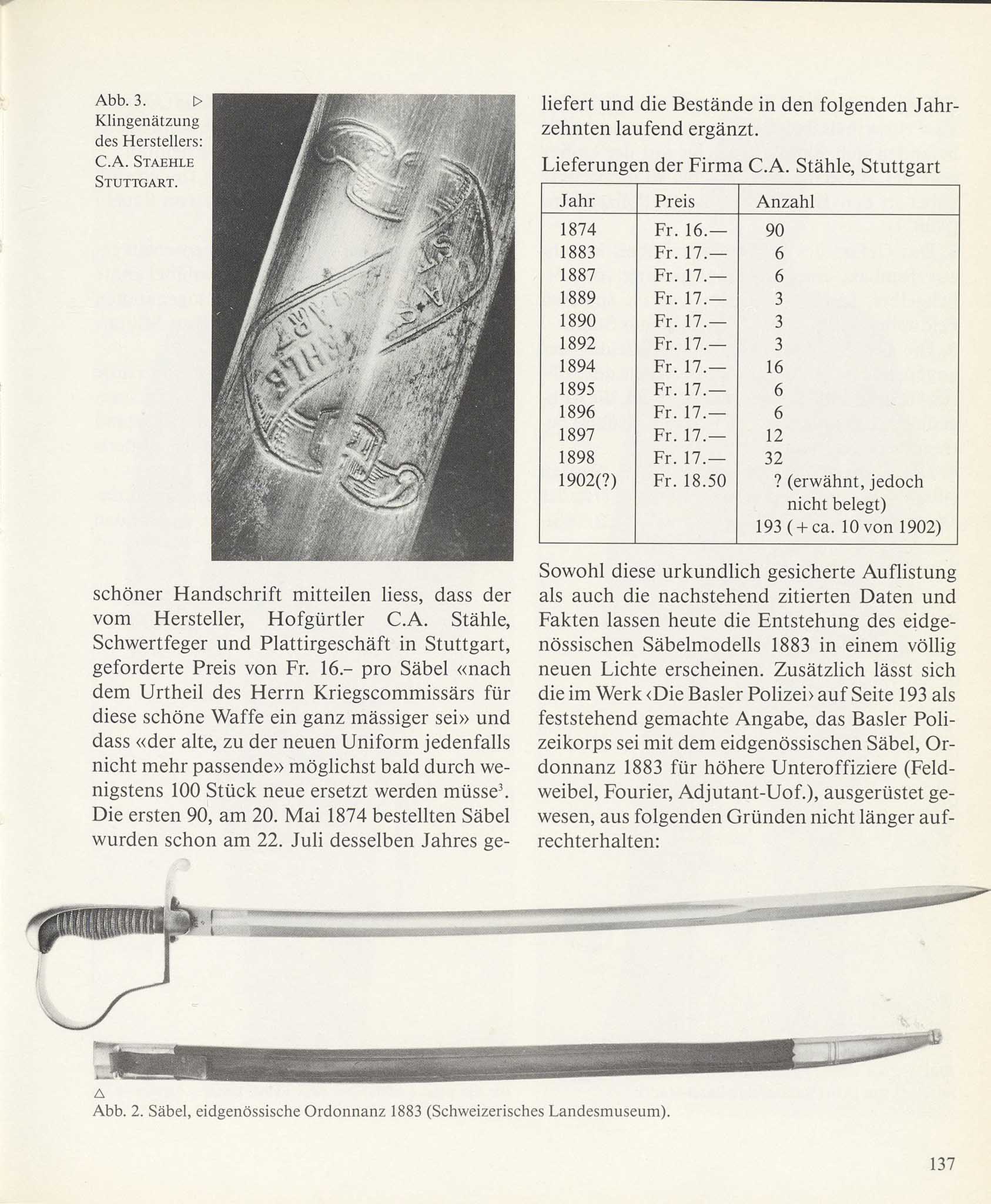
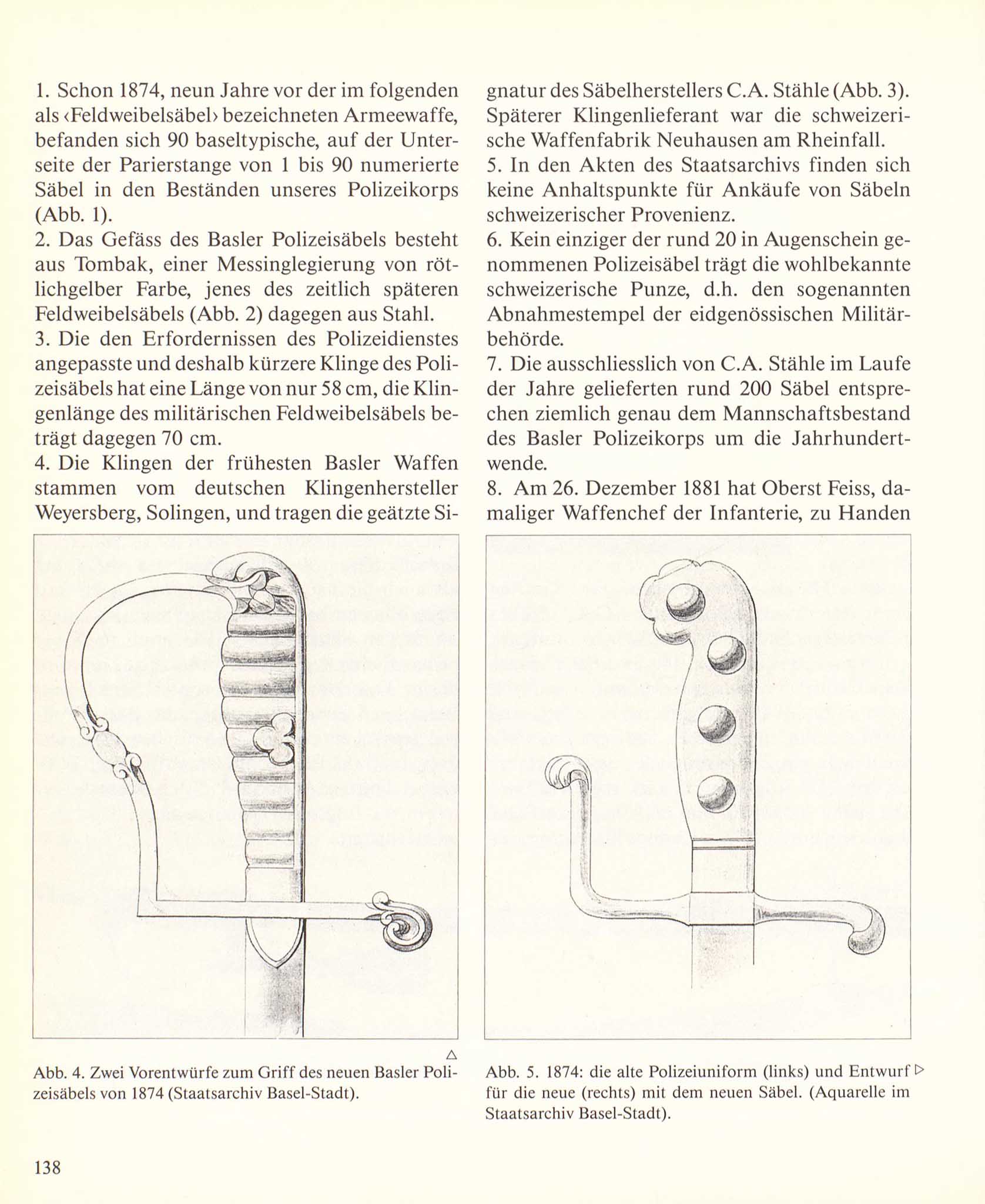


After the Basel-Stadt government council approved a new uniform for the police corps on November 6, 1936, the newly trained police trainee school began operating on January 31, 1937; in a new uniform, with an “English” helmet, breeches and leather spats, but without the saber that the older Baselers still remembered. Melee weapons have been an indispensable attribute of every European law enforcement officer for centuries.
Basel bailiffs, vigilante groups, professional corps (1804-1833), professional troops (1833-1856), called in Basel, and at that time the last permanent garrison in Switzerland, the green-uniformed Landjäger corps (1816) -1856) and the blue-clad police corps, which had existed since 1856, not only had to carry a saber, but had to polish it every day.
Basel is the main Swiss city and capital of the canton of Basel-Stadt. Basel is considered the cultural capital of Switzerland.
How deeply the equation: saber = policeman was ingrained in the Basel police command is shown in the refusal of the petition of the Basel-Stadt Police Men’s Association asking for the “abolition of the saber and the carrying of the rubber baton.” In a response from the then Chief of Police, Government Adviser Dr. Carl Ludwig, found on March 2, 1934, three years before the saber was retired, a remarkable passage: “The abandonment of the saber” “deprives the corps of the proud knowledge that it is the bearer of a good weapon. By constantly carrying a baton, the policeman loses part of his soldierly character; he is dangerously approaching the level of a night watchman; he becomes a member of the guards’ club.”
The appearance of the special police saber in Basel dates back to the autumn of 1873, when the then police chief, Dr. J.J. Wirtz lent a “commissioner’s sword” from a supplier to the Mohr & Speyer court in Strasbourg and delivered it to the mayor (sic!) as early as March 17, 1874 and in the following decades constantly replenished his holdings, raitteilen Hess, which manufacturer, Hofgürtler C.A. A steel, sweeper and plate shop in Stuttgart asked for a price of 16 Swiss francs per saber, “in the opinion of the military commissar, it is a beautiful weapon, very moderate” and that “the old ones, which no longer correspond to the new form” should be replaced as soon as possible not less than 100 new ones. The first 90 sabers, ordered on May 20, 1874, were installed on July 22 of the same year.
Photo Review of the Swiss police saber Basel 1874-1937:




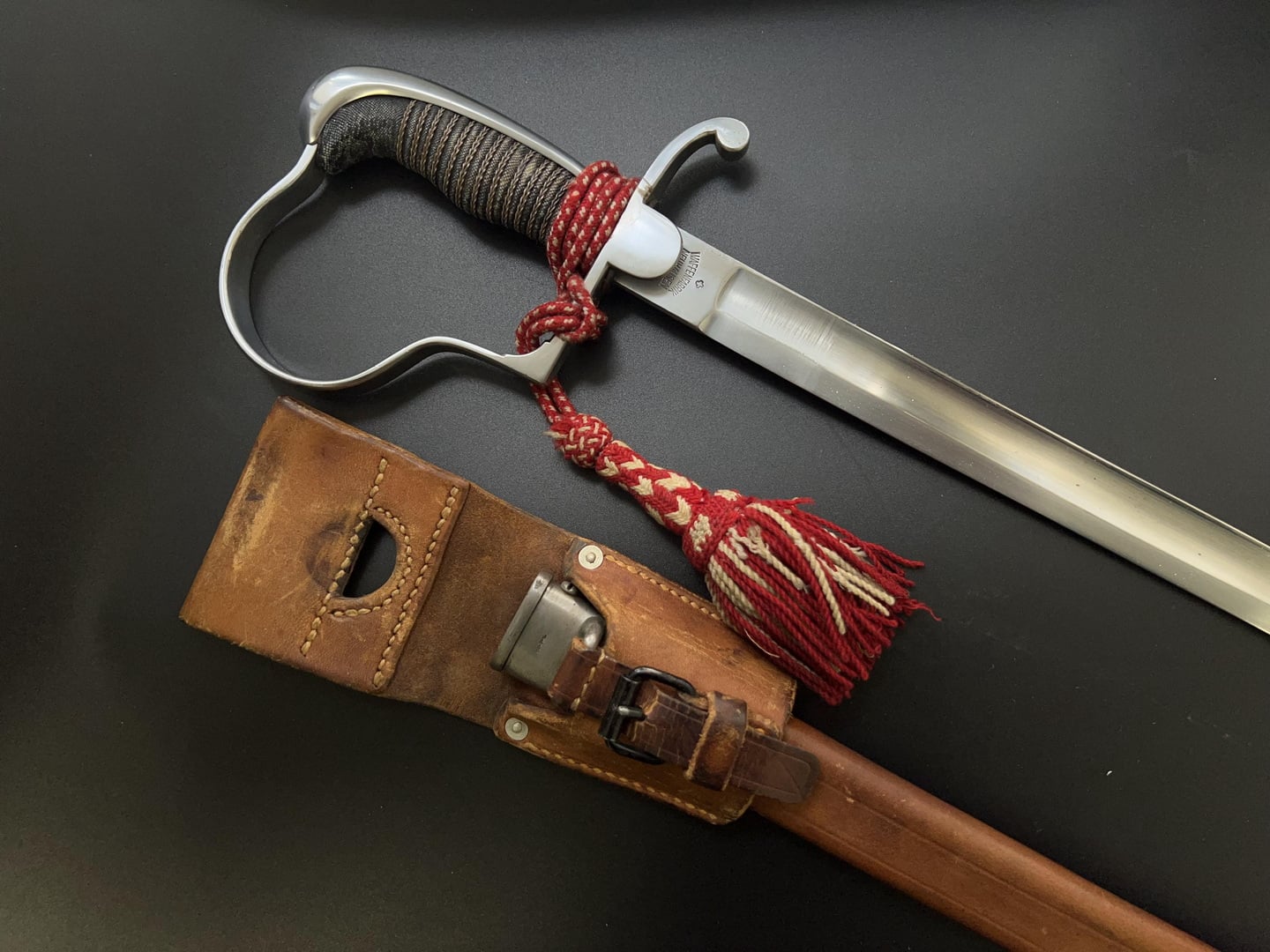
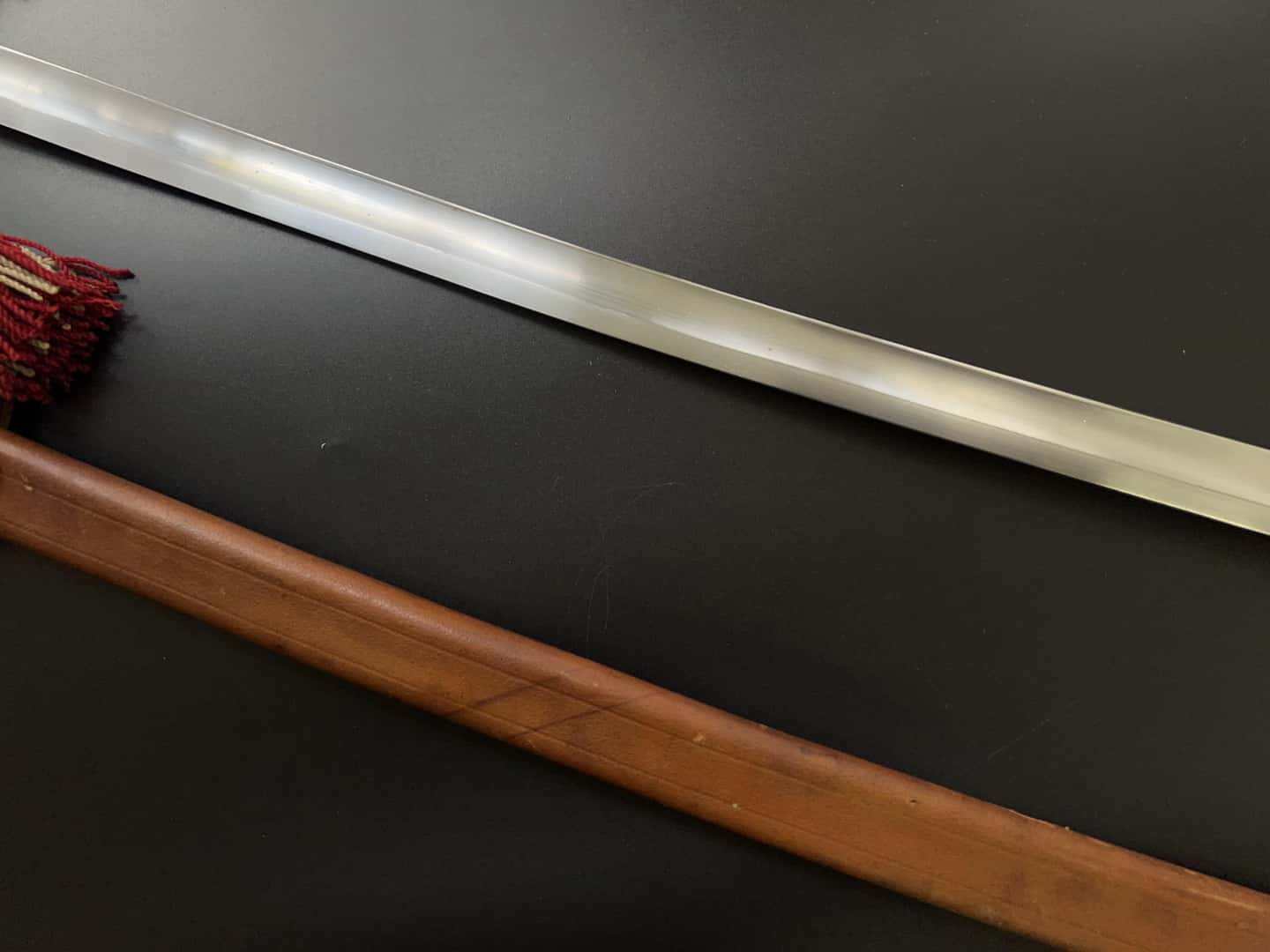




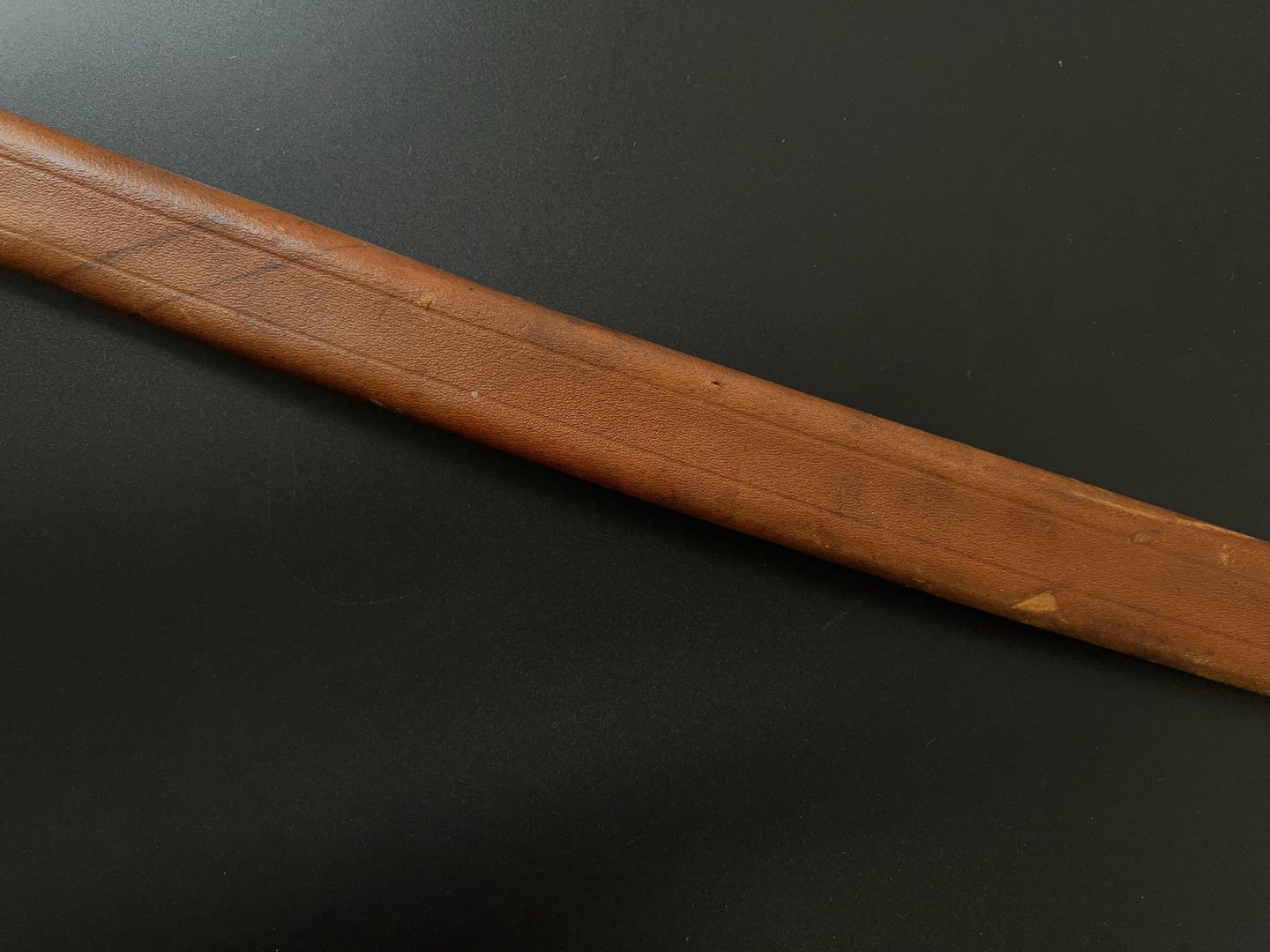





| Collection | |
|---|---|
| by dating | |
| by country and region | |
| by type | |
| by type of troops |
Be the first to review “Swiss Police saber “Basel” type 1874-1937.” Cancel reply
Related products
-
Sword for officers of all branches and administrations model 1872
620 $Original price was: 620 $.600 $Current price is: 600 $.
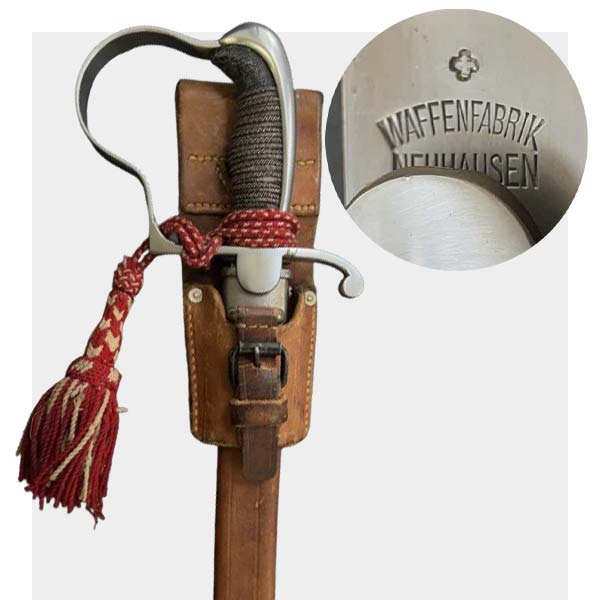


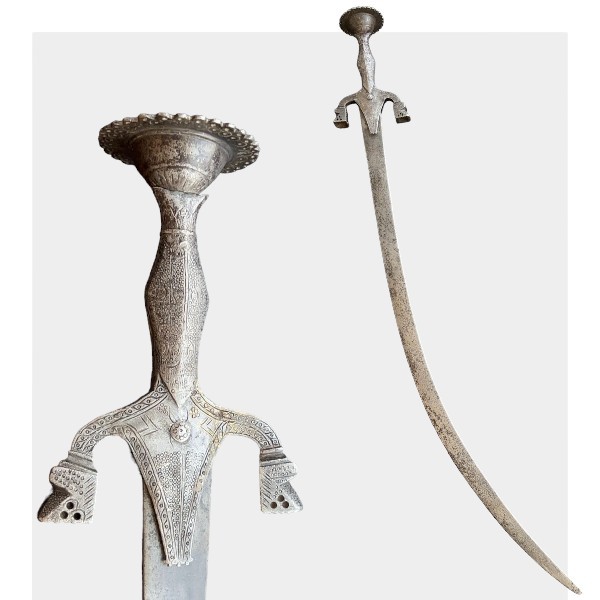





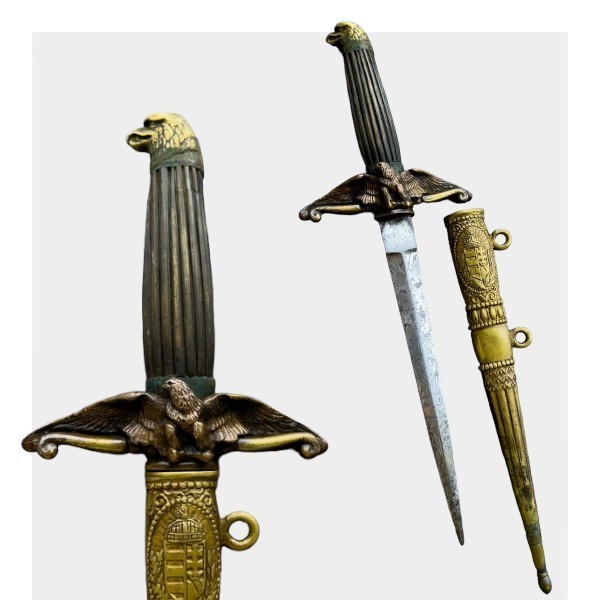


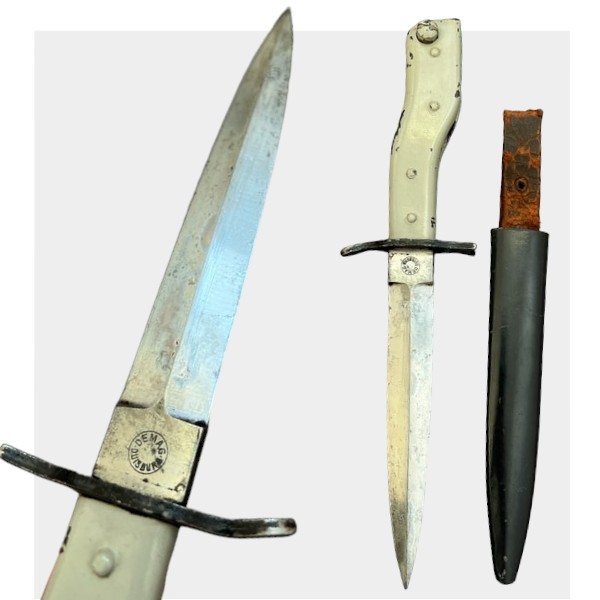



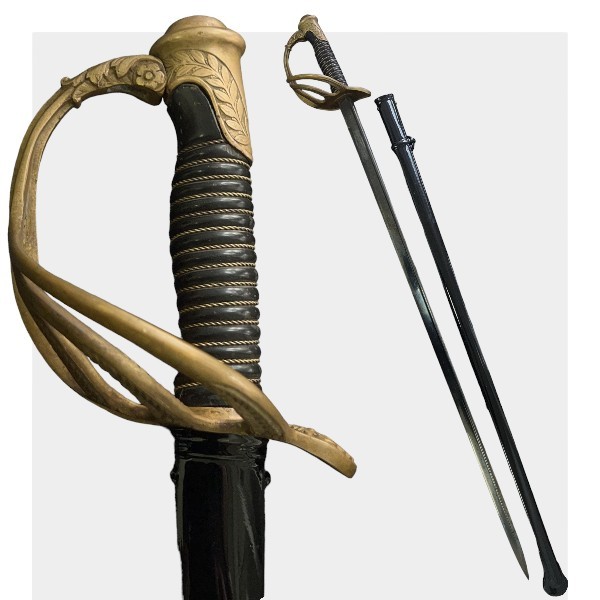
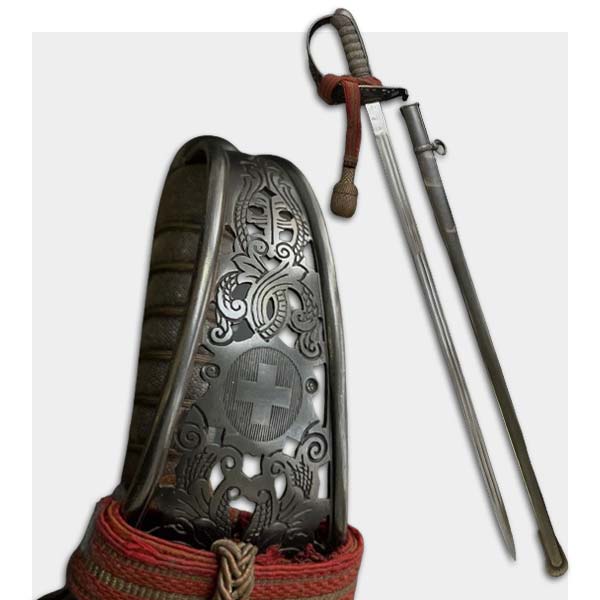

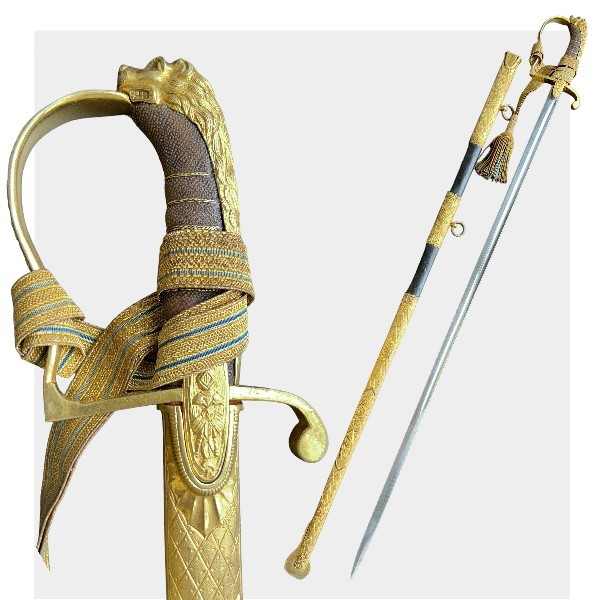
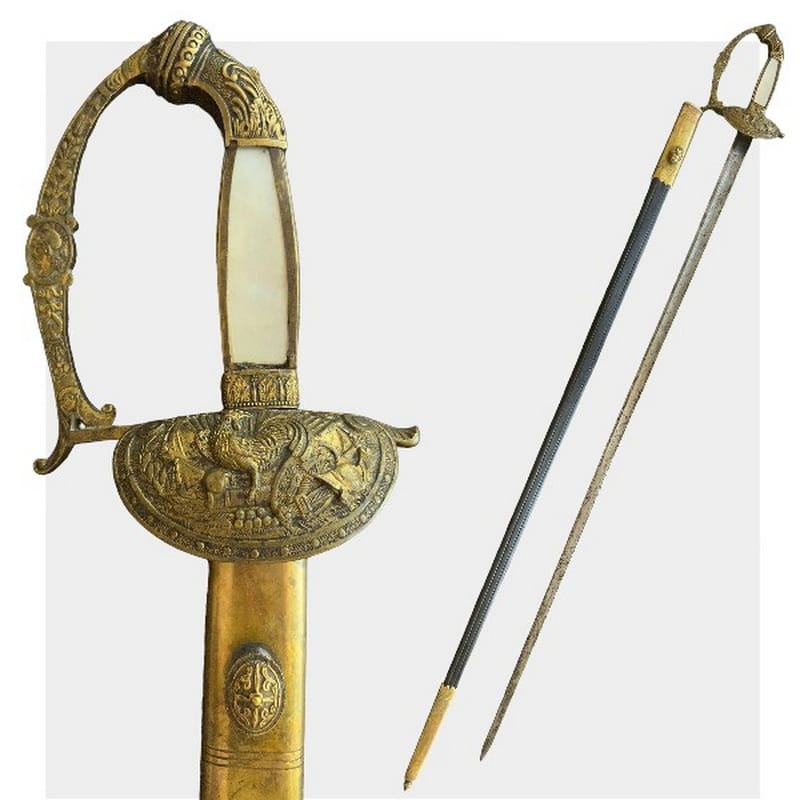
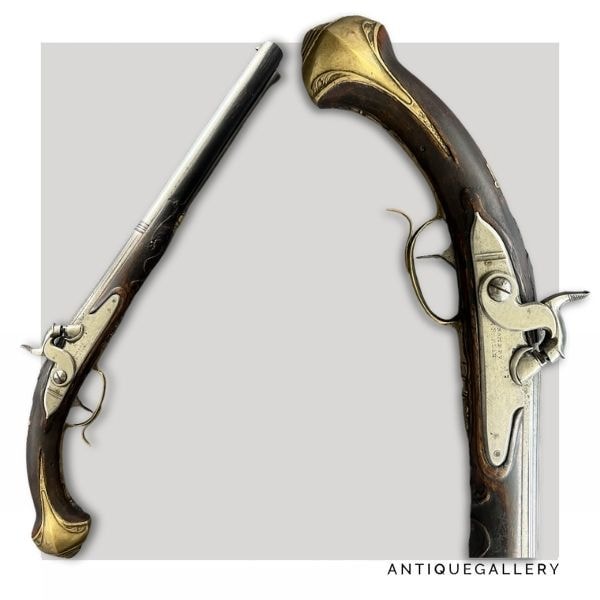
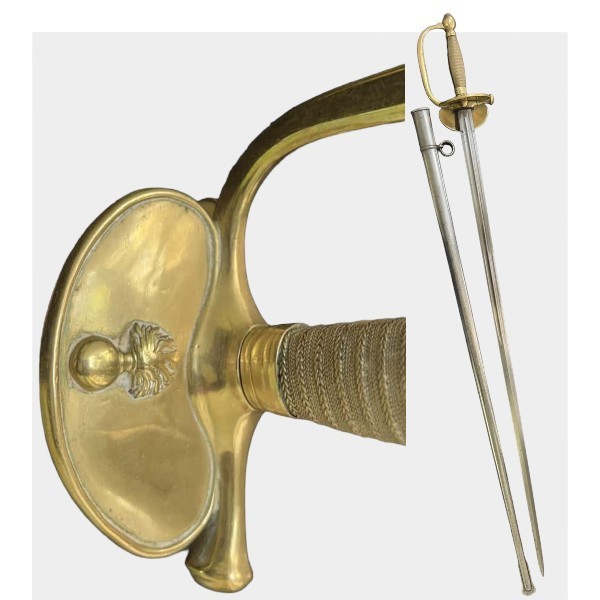
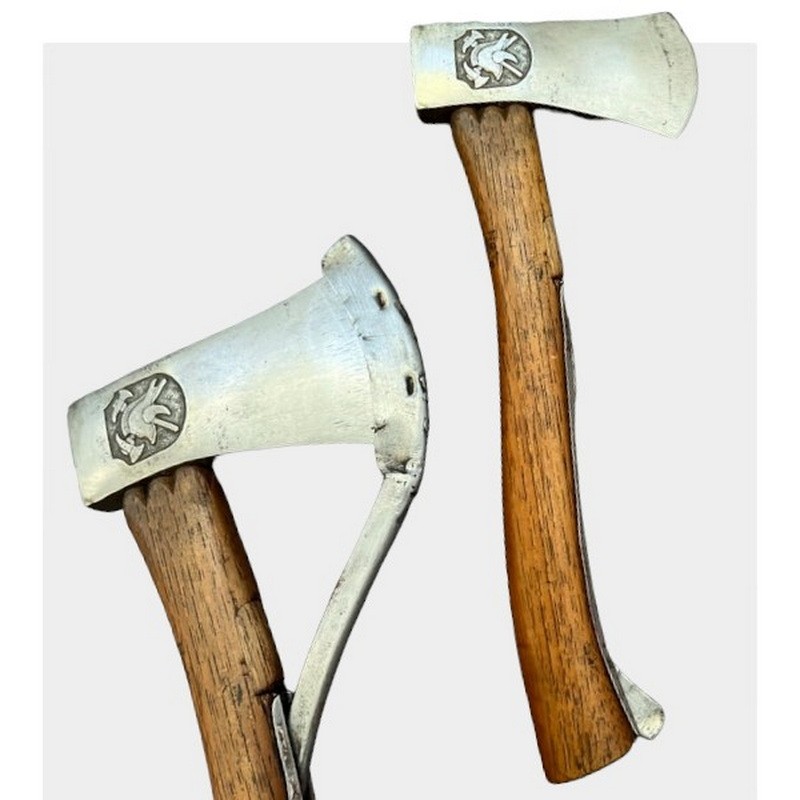
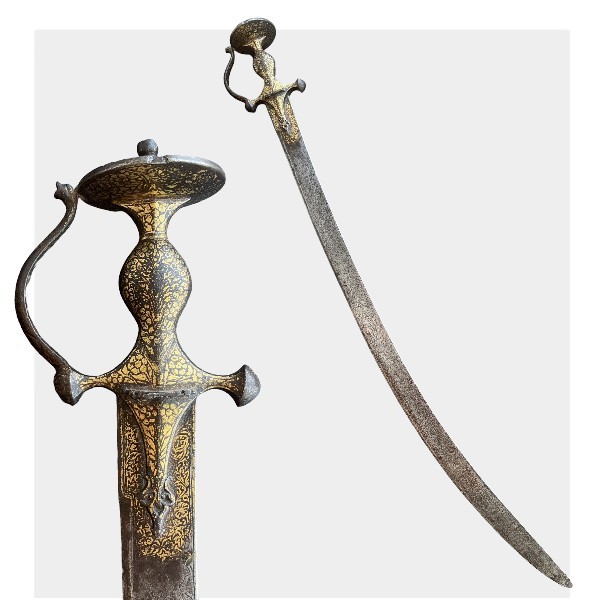
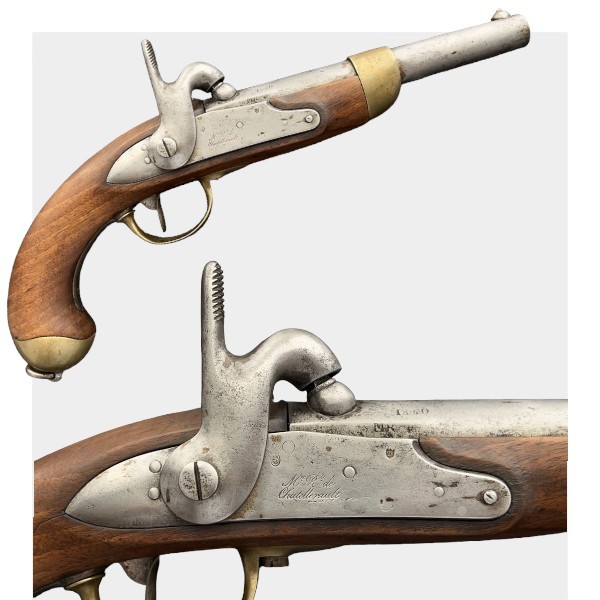



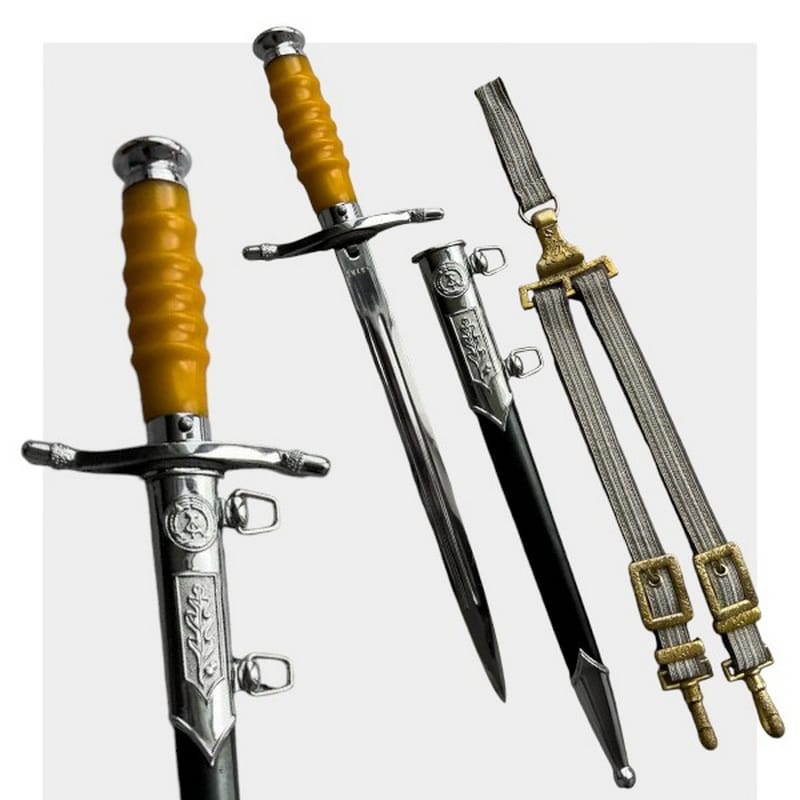

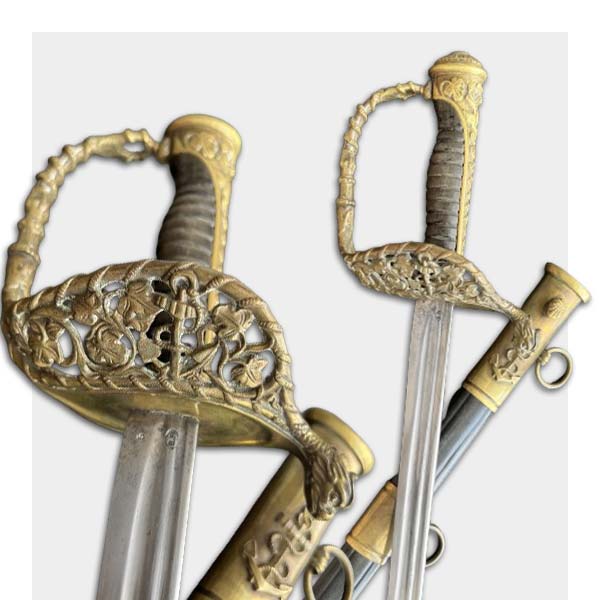
There are no reviews yet.